The ancient debate between Zhuangzi and Huizi on the bridge over the Hao River remains one of the most profound philosophical exchanges in Chinese thought. At its heart lies a simple yet deeply unsettling question: Can we ever truly know what another being experiences? The famous "fish happiness" dialogue transcends its playful surface to reveal fundamental tensions in epistemology—the study of how we acquire knowledge. As modern cognitive science grapples with the "hard problem" of consciousness, Zhuangzi's 2,300-year-old intuition about the limits of intersubjective understanding feels startlingly contemporary.
On that sun-dappled riverbank, Zhuangzi's declaration "The fish are enjoying themselves" sparked Huizi's logical objection: "You are not a fish—how do you know what fish enjoy?" The surface argument concerns empirical verification, but the subtext cuts deeper. Zhuangzi's retort—"You are not me, how do you know I don't know what fish enjoy?"—exposes the infinite regress lurking behind all claims of knowledge about other minds. Their exchange mirrors current debates about qualia (subjective experiences) in philosophy of mind, where neuroscientific data still cannot bridge the gap between observing brain activity and comprehending another's lived experience.
What makes the Hao River dialogue revolutionary is its rejection of binary thinking. Zhuangzi doesn't attempt to prove his knowledge of fish consciousness through evidence or logic. Instead, he redirects Huizi to their shared context: "Let's go back to your original question. When you asked how I knew the fish were happy, you already knew I knew it." This circular reasoning isn't evasion—it's a radical epistemological stance. Zhuangzi suggests that understanding emerges not from detached analysis but from participatory engagement with the world. Modern embodied cognition theories echo this view, emphasizing how knowledge is rooted in our physical interactions rather than abstract computations.
The debate's enduring relevance becomes clear when examining contemporary interspecies communication research. Marine biologists increasingly recognize fish cognition—from tool use in wrasse to cultural traditions in guppies. Yet even with advanced neuroimaging, we face Zhuangzi's dilemma: We can map a fish's neural response to stimuli but cannot access its subjective experience of joy. The Hao River exchange anticipates Thomas Nagel's famous question "What is it like to be a bat?" by millennia, highlighting the qualitative divide between third-person observation and first-person experience.
Zhuangzi's final move—returning to the joy he experiences watching the fish—offers a way forward. His epistemology values intuitive, aesthetic knowledge alongside rational analysis. This resonates with contemporary "enactive cognition" models that treat perception as creative participation rather than passive reception. When a child laughs at darting fish or a scientist measures their dopamine levels, both grasp partial truths. The Hao River dialogue reminds us that some knowledge exists in the space between minds and environments, irreducible to either subjective feeling or objective data alone.
In our age of artificial intelligence and animal rights debates, the fish happiness debate takes on new urgency. As we create sentient algorithms and advocate for nonhuman personhood, we confront the same epistemic walls Zhuangzi circled 23 centuries ago. The bridge over the Hao River becomes a metaphor for all our attempts to cross the gaps between consciousnesses—whether interpreting a pet's behavior, designing empathetic AI, or understanding alien civilizations. Zhuangzi's playful wisdom suggests that sometimes, knowing means dwelling in the question rather than demanding answers.
The next time you watch animals in nature or interact with someone from a radically different background, remember the lesson from that ancient Chinese bridge. Certain knowledge may be unattainable, but shared joy needs no translation. Perhaps true understanding lies not in proving what we know, but in recognizing the beauty of not-knowing—and finding connection precisely there, in the shimmering space between minds.

By /Jul 16, 2025

By /Jul 16, 2025
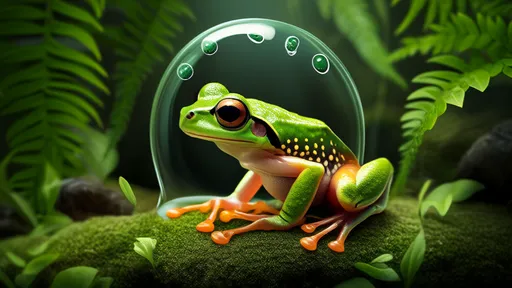
By /Jul 16, 2025

By /Jul 16, 2025
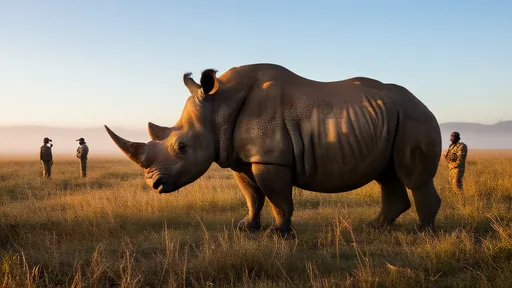
By /Jul 16, 2025

By /Jul 16, 2025

By /Jul 16, 2025
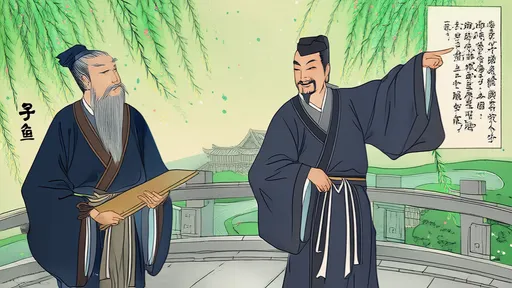
By /Jul 16, 2025

By /Jul 16, 2025
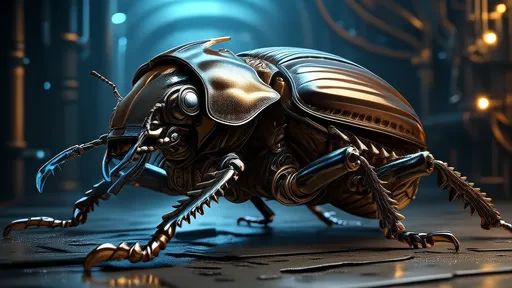
By /Jul 16, 2025
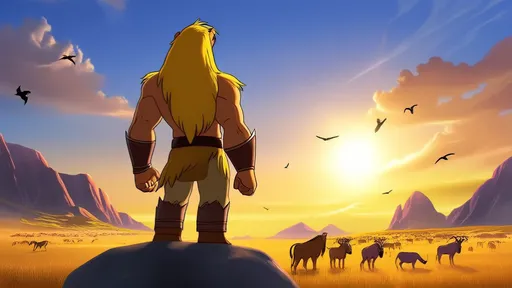
By /Jul 16, 2025
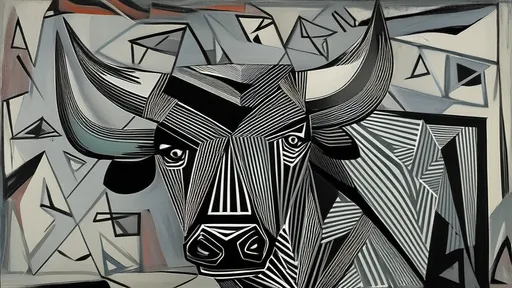
By /Jul 16, 2025

By /Jul 16, 2025
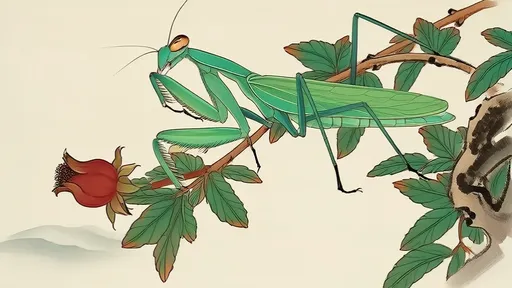
By /Jul 16, 2025
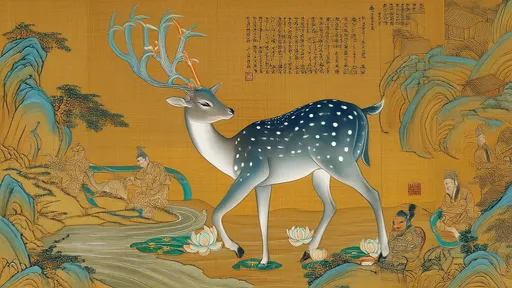
By /Jul 16, 2025
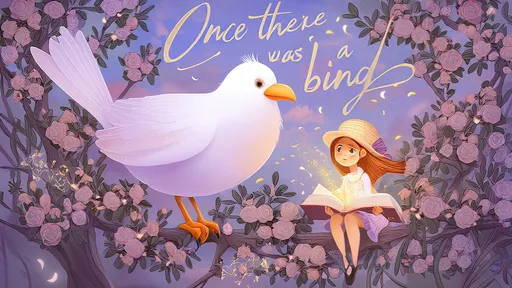
By /Jul 16, 2025

By /Jul 16, 2025
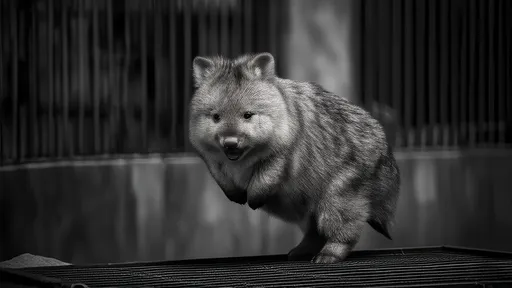
By /Jul 16, 2025
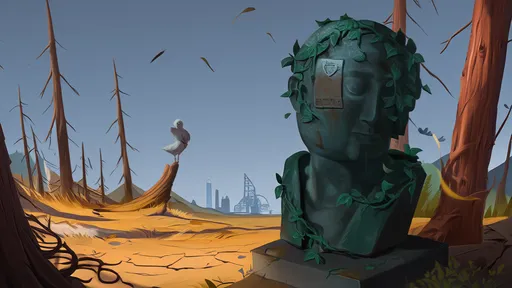
By /Jul 16, 2025

By /Jul 16, 2025